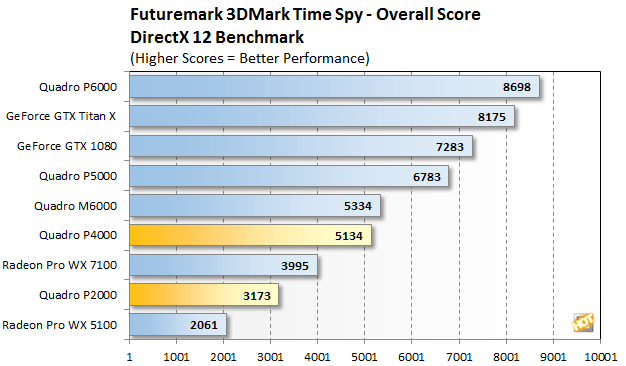Is it certain that Quadros can't run games? It might not be as well-optimized, but what necessarily stops them?
Traditionally this wasn't the case. There was a time where Quadros didn't even have up-to-date DirectX drivers. Fermi was the first with 11.0, it took only 2 1/2 years to implement them, and Nvidia certainly has more head-start than the official publishing date.


